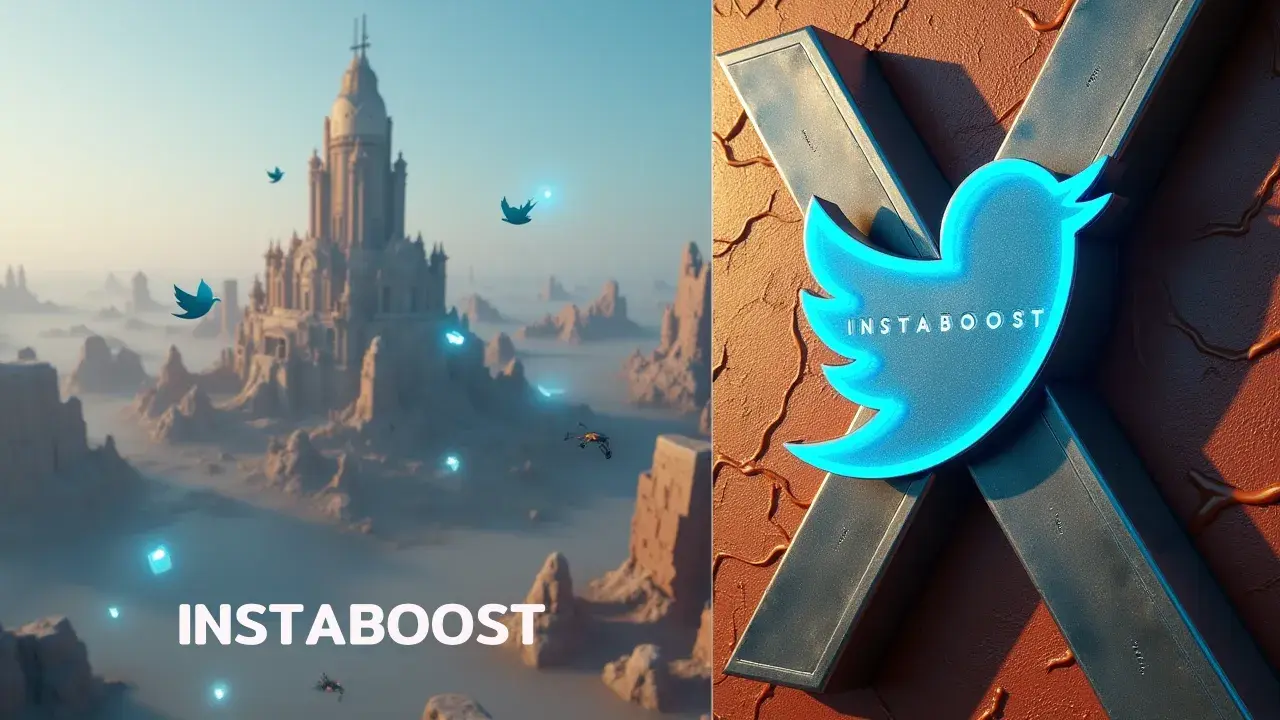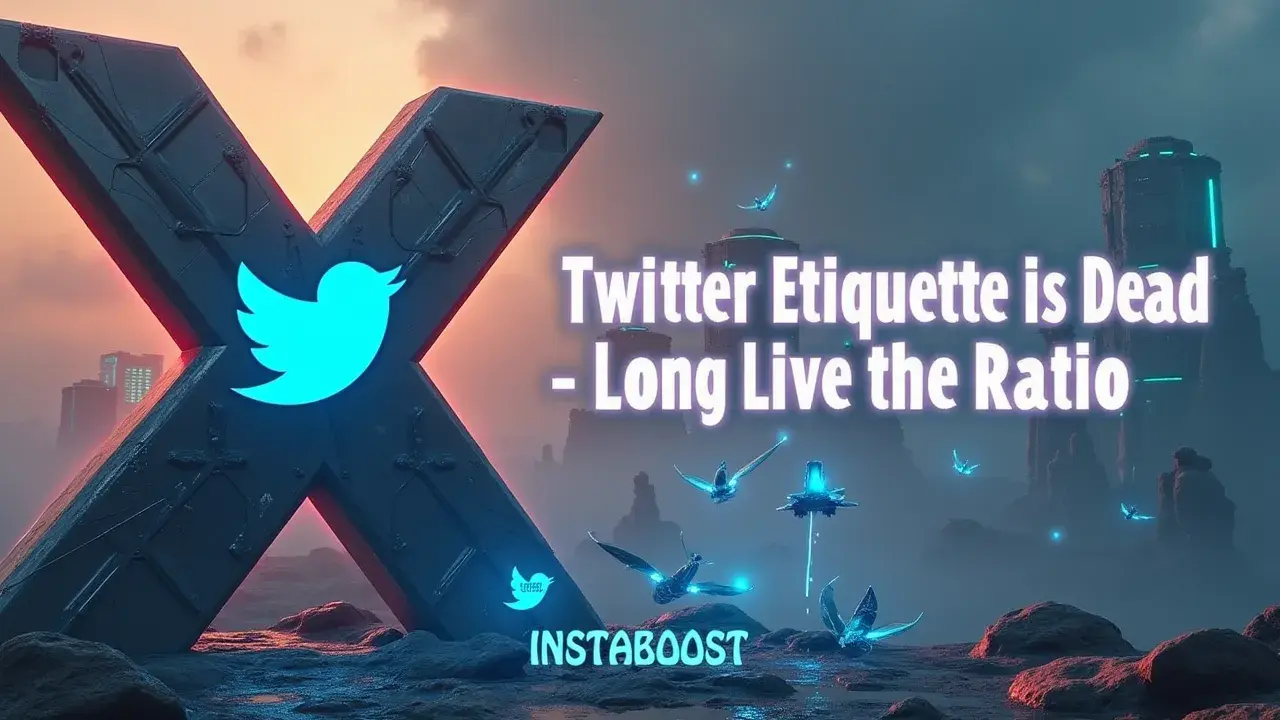Is Twitter Etiquette Dead, and Does the Ratio Rule?
Etiquette on Twitter has shifted toward public metrics that shape behavior. The rise of the ratio signals community judgment, where replies and quote-tweets can overshadow likes and reframe a post’s reception. This dynamic affects social interactions, accountability, and the tone of digital debate, rewarding clarity while exposing weak arguments. When used with context and restraint, the ratio serves as feedback that helps refine discourse and calibrate what resonates.
The Allure and Ambiguity of Twitter Likes
When you scroll through Twitter, it’s hard not to notice how many tweets rack up likes, all signaled by that little heart. It might seem like each heart means something significant, or that the post is making a real impact. For a lot of people, watching that number rise feels good, almost as if it confirms their post is reaching someone.
But it’s worth wondering what a like actually means. Is it real influence, or just a quick tap that doesn’t require much thought? That question seems important, especially if you’re trying to build something real online – whether you’re an independent creator hoping to stand out, or working with a brand like INSTABOOST and thinking about where to put your energy.
When you look closely, liking a tweet is a pretty small action. It doesn’t say much about how someone feels or if they’re genuinely interested. Sometimes it’s just a friendly gesture, a way to save something, or just a habit picked up while scrolling.
When you look closely, liking a tweet is a pretty small action. It doesn’t say much about how someone feels or if they’re genuinely interested. Sometimes it’s just a friendly gesture, a way to save something, or just a habit picked up while scrolling.
Now and then, it happens as casually as someone deciding to buy X channel upgrade, just another part of using the platform. So while it’s nice to see more likes, the meaning behind each one isn’t always obvious. If you’re hoping for actual conversations or real impact, it’s worth asking what these numbers really reflect. Are likes a sign that people care, or just something that happens as everyone moves through their feeds without stopping too long…

What Likes Can – and Can’t – Tell Us About Credibility
Things started to feel a lot more manageable after we let go of chasing trends. It’s tempting to think a bunch of likes on Twitter means something meaningful, like credibility, but after spending time on the platform, you realize that’s not always the case. A like could mean someone agrees, or maybe they’re half-scrolling and tap the heart out of habit. Sometimes it’s about a funny meme, not the actual point you made. It gets pretty hard to figure out what counts as real influence. There are plenty of tweets people like without reading the whole thread, and you have to remember that bots or coordinated groups can bump up those numbers too.
That doesn’t say anything about trust or actual knowledge. If you want to know who genuinely has influence on X, it’s better to look at the quality of conversation happening around a post. Are people who know what they’re talking about replying or sharing their own thoughts?
Does it start an actual discussion you can learn from? Those kinds of replies – or when someone you trust retweets something and adds their own take – end up meaning much more than a pile of likes from random accounts. That’s the reason companies like INSTABOOST tell their clients to pay attention to real engagement instead of focusing on how many likes something gets. A like might get things started, but it’s the replies and the way people actually talk about what you posted that build any real authority.
Whenever you see a tweet getting shared everywhere, it helps to look at who’s actually engaging and what their comments are like. Over time, separating what’s popular from what’s credible makes Twitter feel a little more useful, and you notice different people than you did at first – sometimes the ones who don’t show up at the top of the feed, especially if you’ve ever tried to get seen on X.
Unpacking the Sequence: Turning Likes into Genuine Influence
On Twitter, it’s easy to assume that getting a bunch of likes right away is the main thing, but it seems like what actually matters more is how you link your efforts over time. If you tweet something and it gets a lot of likes but barely any replies or retweets, it kind of fizzles out – it doesn’t really go anywhere. The accounts that actually seem influential, like INSTABOOST, pay attention to what happens after they post. They watch who replies first and keep things moving by responding or quoting those early replies. I’ve noticed people talk about targeted likes for X in this context too, trying to figure out which signals actually help keep things active.
That way, it isn’t just about the number; there’s more of a conversation, and other people start to join in. When you respond, who you reply to, and when you retweet all seem to matter more than just the number of likes you get right away. So, even though likes help a bit, building any kind of real authority seems to come more from thinking about how all these little steps fit together. It’s less about one big moment and more about seeing what happens next, then what happens after that
Why Virality and Influence Aren’t Always the Same
I wrote this after staying up too late and drinking more coffee than I should have. Lately, I keep noticing how easy it is to get caught up in collecting likes on Twitter. It reminds me of picking up coins off the street – you get a handful, but it’s not really changing anything.
What actually lasts is when people pick up your ideas and talk about them elsewhere. When someone brings up your tweet in another thread, or references your point in their own words, that sticks with me a lot more than seeing a high like count. The accounts that really shape conversations don’t always have viral numbers, but you see their thoughts floating around in different places, turning up in new discussions days or weeks later.
That’s usually what brands like INSTABOOST are watching for too – they look at how far something travels, how it pops up in other corners, whether it shifts what people are saying. I read somewhere that there’s even a way to get safe views for tweets, which feels almost beside the point when what really matters is whether your ideas echo beyond your own feed. So I keep thinking: if you care about being heard, it probably matters more to see people quoting you or arguing with you than having a big number under your post. Attention can feel good for a second, but I think actual influence is quieter, maybe a little harder to spot. It’s more about ideas leaving your timeline and showing up where you didn’t expect them.
Seeing Past the Heart: What Lasts After the Likes
If you’re still thinking about it afterwards, that’s usually a good sign – it means it stuck with you. A like or favorite on Twitter is quick and easy, but what matters more is what sticks around: what someone remembers later, or brings up when it’s relevant. That’s really the difference between just grabbing attention and actually having influence. One just bumps your numbers for a bit, but the other shows up in conversations much later.
If you’re trying to build any kind of real presence on X (or Twitter, whatever you call it), it probably makes more sense to notice where your ideas go after you post, rather than watching every little spike in engagement. Are people using your points in their own words? Do they mention your thread to friends, or bring you up when they’re talking about something else? That’s a better sign your ideas landed with them. If you search for “Twitter engagement,” you’ll find loads of advice about the best times to post, which hashtags to use, or how to jump on trends, but not much about whether your account is actually recognizable or useful to anyone.
Some accounts, like INSTABOOST, seem to think more about the long run – aiming for things people remember, not just stuff that gets quick likes. If you ever wonder how others scale tweet impact on X, it often comes down to that: less about chasing approval, more about whether what you said keeps coming up, even after things have quieted down.















